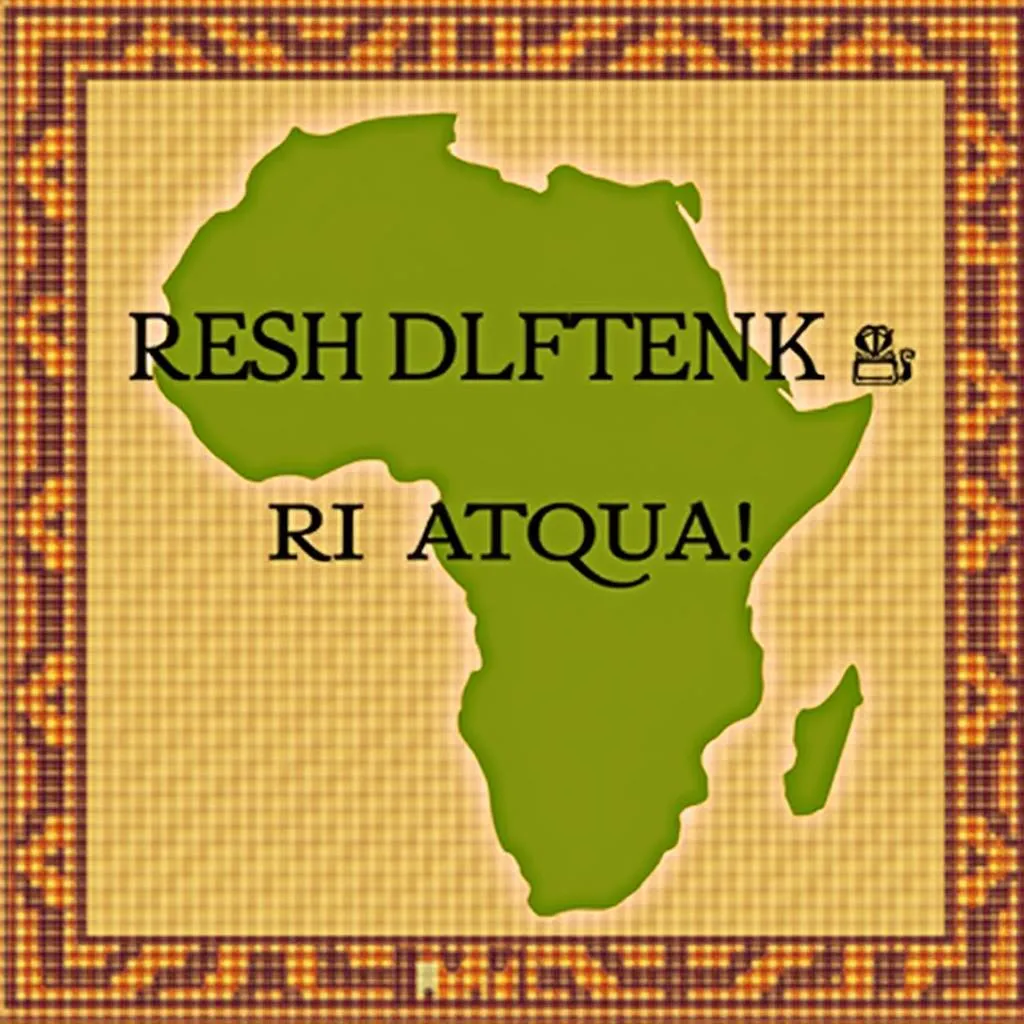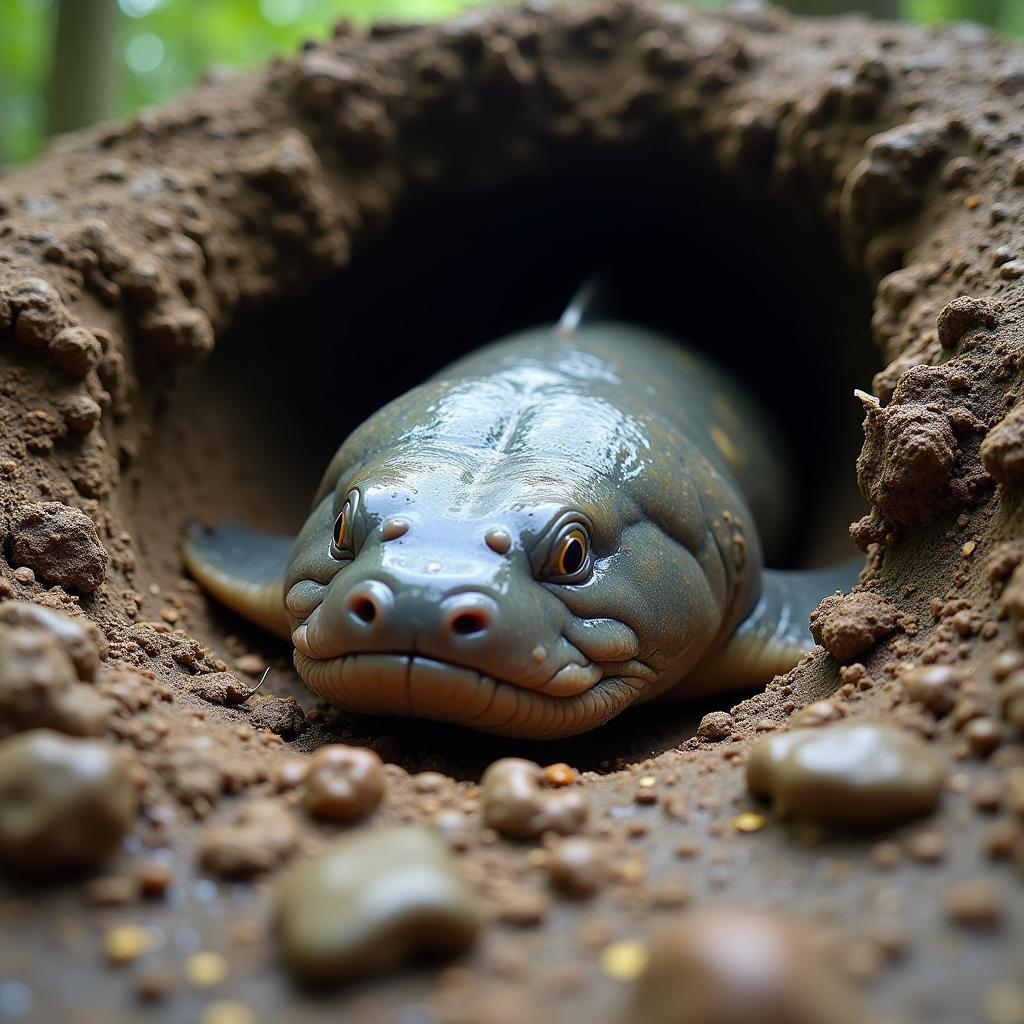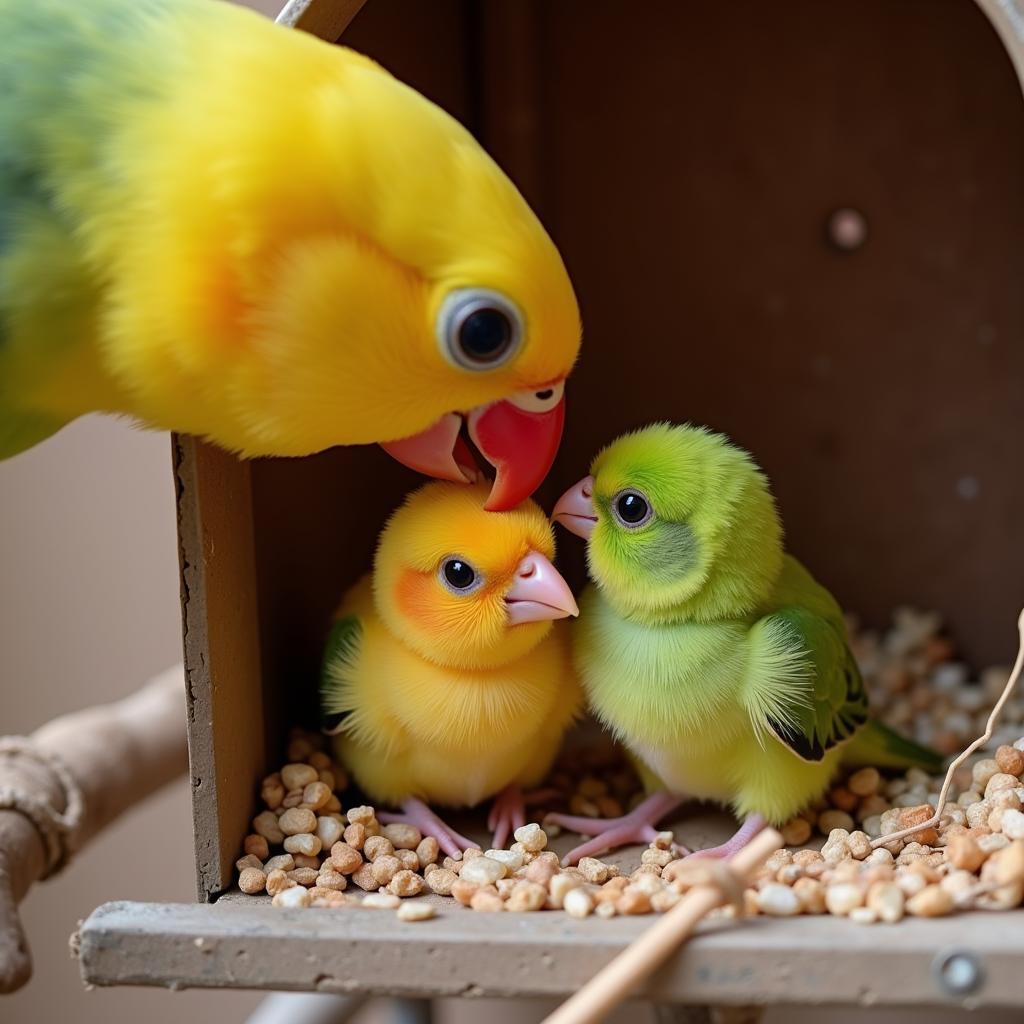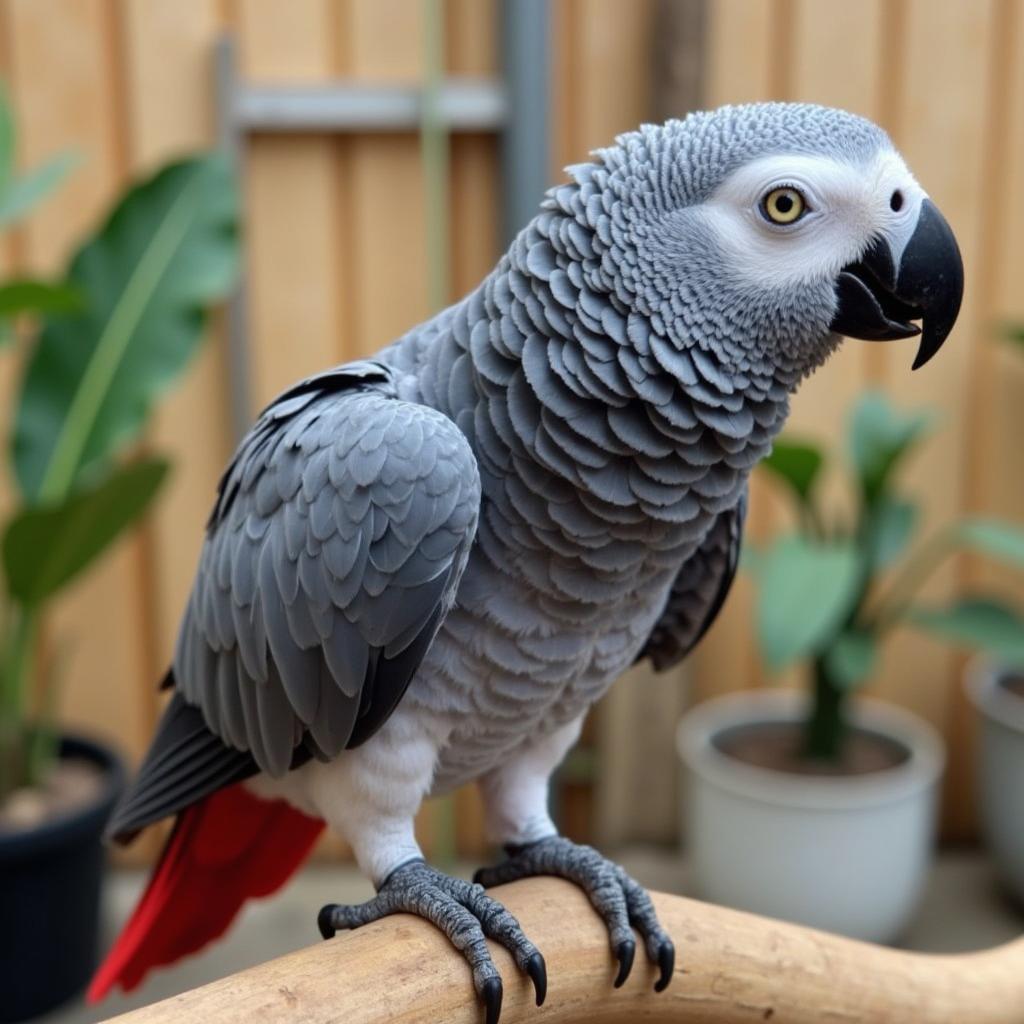The Enigmatic Allure and Troubling Legacy of the African Ivory Horn
The African Ivory Horn, a prized possession and status symbol for centuries, holds a story as complex and multifaceted as the continent itself. More than just a musical instrument or decorative object, it represents a history interwoven with cultural traditions, colonial exploitation, and the urgent need for conservation.
A Symphony of Cultures: The African Ivory Horn’s Diverse Roles
Across the vast landscapes of Africa, the ivory horn has resonated with diverse meanings and purposes. From the intricate carvings adorning ceremonial horns used in rituals and celebrations to the powerful blasts signaling hunts or communicating across distances, the ivory horn has been an integral part of life for numerous communities.
For example, among the Yoruba people of West Africa, the ivory horn, known as “Oko Eleja” (Fish Hunter’s Horn), is believed to possess spiritual power and is used by priests for blessings and communication with the divine. In Central Africa, the Kuba people have elevated ivory horn carving to an art form, with elaborate geometric designs reflecting their cosmology and social hierarchy.
These traditions, passed down through generations, illustrate the deep cultural significance of the African ivory horn, a symbol of power, prestige, and connection to ancestral heritage. However, this rich tapestry of meaning has been overshadowed by a darker side of the ivory trade.
The Shadow of Exploitation: Colonialism and the Ivory Trade
The arrival of European colonialism in Africa marked a turning point in the story of the ivory horn. What was once a locally sourced material used for cultural purposes became a highly sought-after commodity in the global market. The insatiable demand for ivory, fueled by its perceived rarity and exoticism, led to the decimation of elephant populations across the continent.
This period saw the rise of the “ivory hunts,” expeditions driven by profit and fueled by the exploitation of both human and animal life. The quest for ivory, often obtained through brutal means, left a scar on the African landscape and psyche, the consequences of which are still felt today.
The ivory horn, once a symbol of cultural pride, became tragically intertwined with the exploitation and suffering inflicted during this dark chapter of history.
Conservation and the Future: Protecting a Legacy
Today, the trade of ivory is strictly regulated by international agreements like CITES (the Convention on International Trade in Endangered Species of Wild Fauna and Flora) to combat poaching and protect dwindling elephant populations. However, the illegal wildlife trade persists, driven by demand and fueled by poverty and corruption in some regions.
The fight to protect elephants and preserve their cultural significance requires a multi-pronged approach. This includes strengthening law enforcement, supporting sustainable livelihoods for communities living near elephant habitats, and raising awareness about the devastating consequences of the illegal ivory trade.
The African Ivory Horn: A Call to Action
The story of the African ivory horn is a powerful reminder of the interconnectedness of culture, history, and conservation. It’s a story that urges us to appreciate the rich traditions associated with this iconic object while acknowledging the devastating consequences of its exploitation.
Moving forward, we must prioritize conservation efforts, support sustainable practices, and continue to educate ourselves and future generations about the importance of protecting elephants and preserving their cultural legacy. The survival of these magnificent creatures and the cultural heritage they embody depend on it.
Frequently Asked Questions
What are African ivory horns used for?
African ivory horns serve diverse cultural purposes, including ceremonial rituals, musical instruments, and symbols of status and power.
Why is the ivory trade harmful?
The ivory trade, particularly the illegal trade, drives elephant poaching, decimates populations, and disrupts ecosystems.
How can I help protect elephants?
You can help by supporting conservation organizations, raising awareness about the ivory trade, and advocating for stricter wildlife protection laws.
Contact us:
For further information or assistance, please contact:
Phone: +255768904061
Email: kaka.mag@gmail.com
Address: Mbarali DC Mawindi, Kangaga, Tanzania.
Our dedicated customer service team is available 24/7 to assist you.




